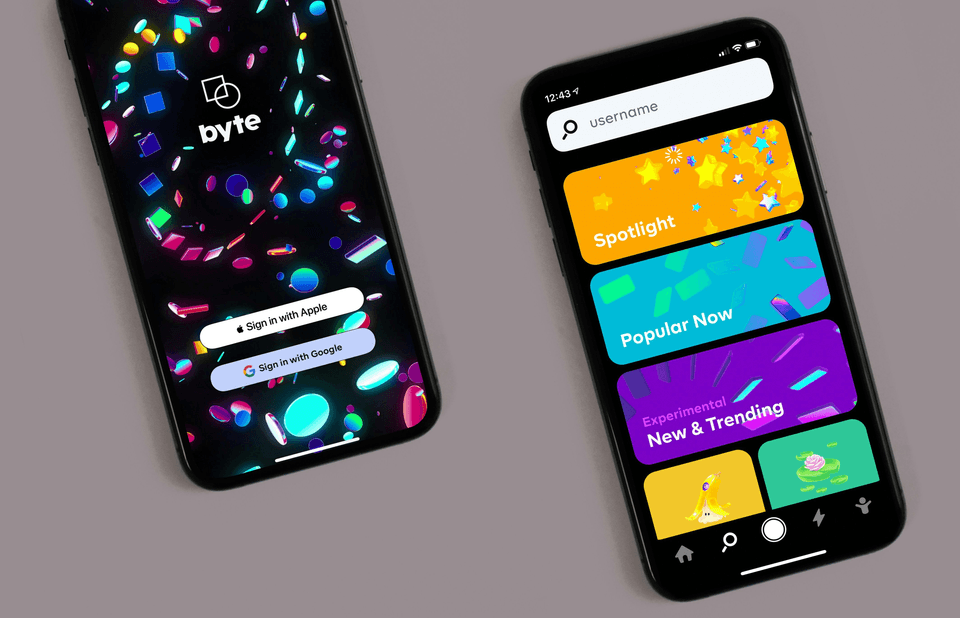Is Gatsby Jamstack

Gatsby is a popular framework for building fast and secure websites and web applications. It is often associated with the Jamstack architecture, but is Gatsby truly a Jamstack framework?
To answer this question, we first need to understand what the Jamstack is. Jamstack stands for JavaScript, APIs, and Markup. It is a modern web development architecture that focuses on delivering fast and performant websites by pre-rendering static files and serving them over a content delivery network (CDN). This approach eliminates the need for server-side processing and allows for a more efficient and scalable web experience.
Gatsby, on the other hand, is a static site generator that uses React to build websites. It pre-renders pages at build time and serves them as static files, making it a perfect fit for the Jamstack architecture. Gatsby also allows for dynamic content through APIs, which further enhances its capabilities as a Jamstack framework.
One of the key benefits of using Gatsby in a Jamstack architecture is its speed. By pre-rendering pages and serving them over a CDN, Gatsby websites load quickly and provide a seamless user experience. This is crucial for SEO, as site speed is a key ranking factor for search engines.
Another advantage of using Gatsby in a Jamstack architecture is its security. By serving static files, Gatsby websites are less vulnerable to security threats such as SQL injection and cross-site scripting. This makes them more secure and less prone to attacks.
In conclusion, Gatsby is indeed a Jamstack framework. Its ability to pre-render pages, serve them over a CDN, and utilize APIs for dynamic content makes it a perfect fit for the Jamstack architecture. By using Gatsby, developers can build fast, secure, and scalable websites that are optimized for SEO and provide a great user experience.